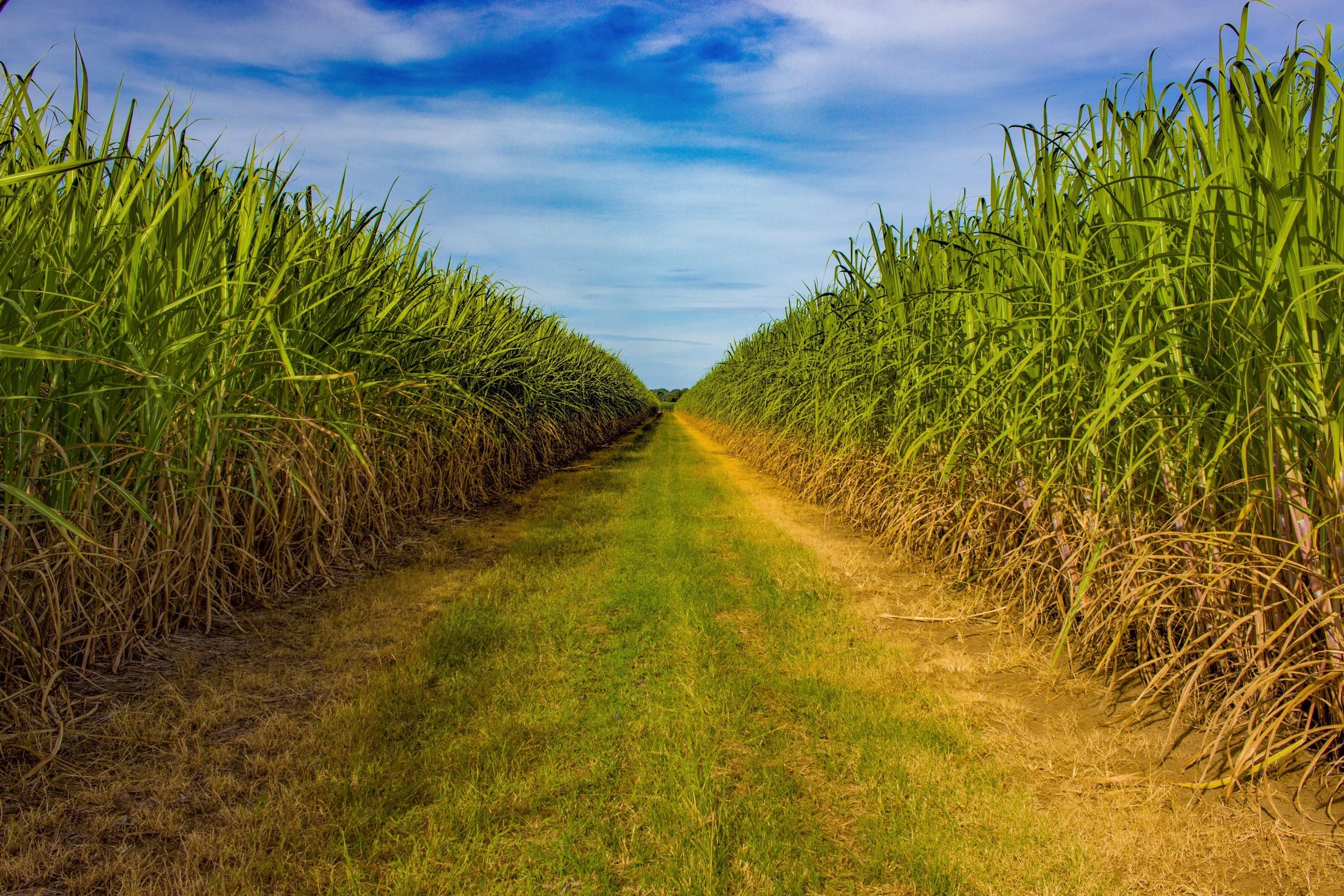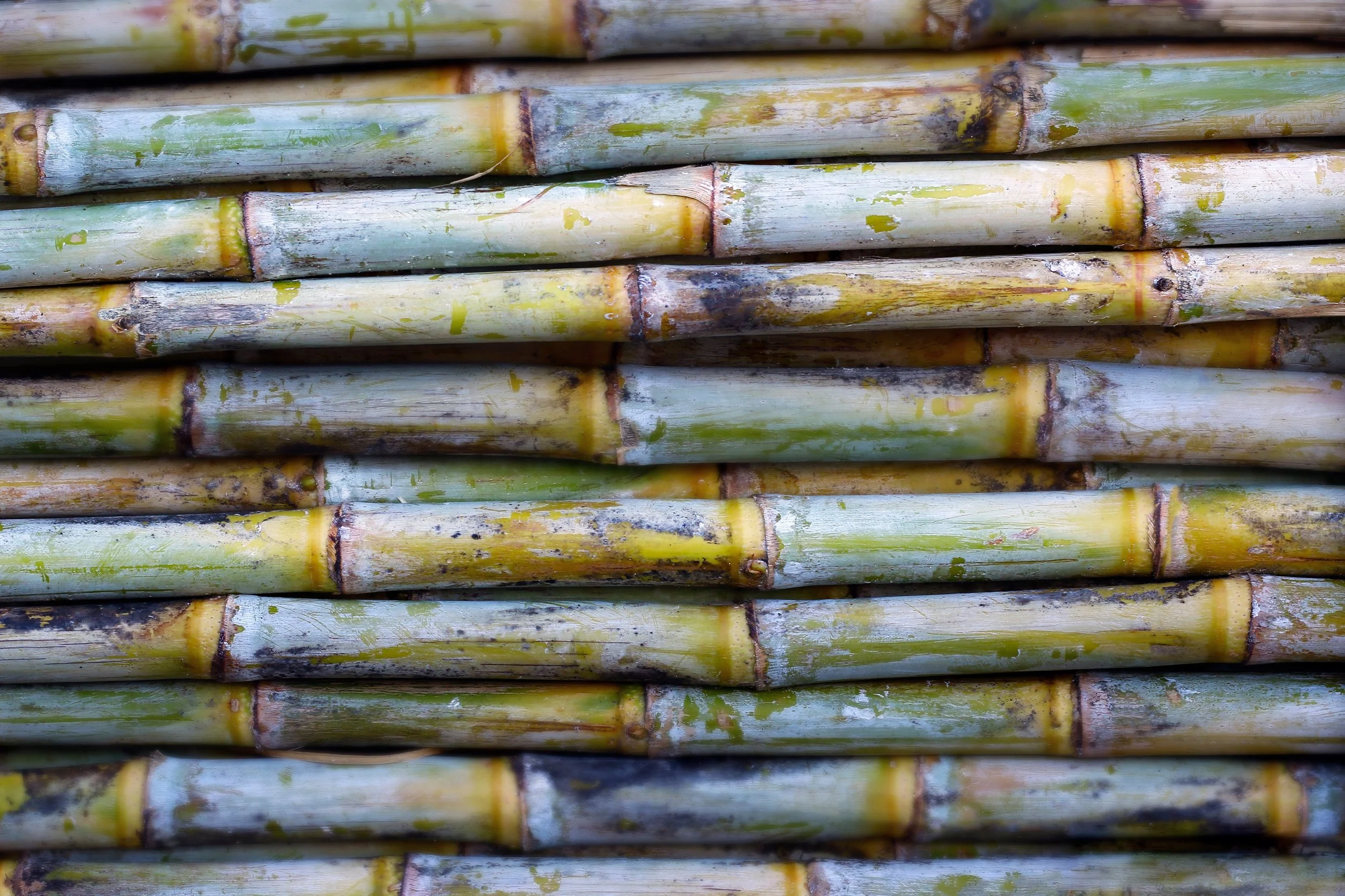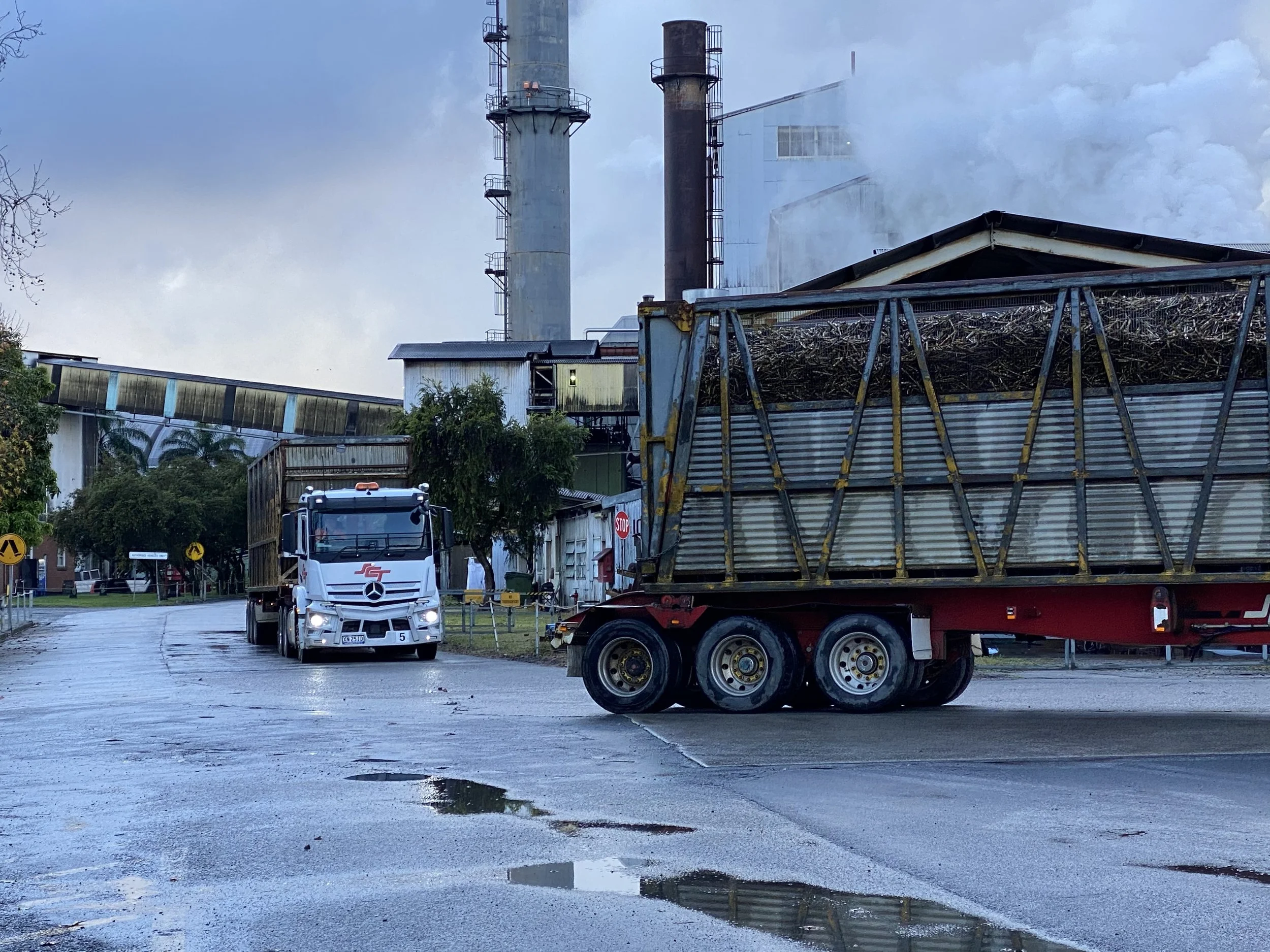The sweet story behind Harwood’s sugar mill
The drive between Yamba and Maclean is dotted with sugarcane farms. Images courtesy Destination NSW, Sunshine Sugar, and Veda Dante
Here’s an historical tidbit to ponder on next time you stir a teaspoon of sugar in your cuppa.
It’s hard to miss the sugarcane farms as you drive around the Clarence Valley on the NSW North Coast. Depending on the time of year you visit, you’ll seen them during one of the phases of their farming cycle:
Planting – sugarcane is planted mechanically using a billet planter. Unlike most other crops where seeds are planted, sugarcane grows from sections of cane stalk called billets that are buried in the ground
Harvesting – State-of-the-art mechanical harvesters are owned and operated by the growers in a co-operative system. Sugarcane in the area is grown for one or two years depending on the season and the cane variety. One year old cane can be harvested green, but the very big, heavy two-year-old cane requires burning prior to harvesting
You may even have witnessed the pre-harvest burning, which produces a hot, fast burning fire with ash particles. It’s a familiar sight associated with the region, particularly with the Clarence Valley.
Ratooning – Being a tropical grass, sugarcane regrows after it is cut (harvested). A farmer typically harvests three to four crops before fallowing and replanting
Fallowing – Before planting a new crop of sugarcane, most farmers will fallow or rest the ground. One of the most popular ways to fallow and nourish the soil is by planting a legume such as soybean. Much of Australia’s food-grade soybean is grown on the North Coast of NSW
The iconic Harwood Sugar Mill
Have you ever crossed the Harwood Bridge near Yamba and wondered what the building with all the steam coming out of is? Well, here is your answer.
Located on Harwood Island, the Harwood Sugar Mill sits on the banks of the Clarence River and has been crushing cane since 1874, making it the oldest continuously operating sugar mill in Australia. The mill processes sugarcane grown on roughly 10,000 hectares of local cane farming land.
One of three NSW Sugar Mills operated by Sunshine Sugar, the steampunk-looking facility is currently owned in a partnership between the grower-owned New South Wales Sugar Milling Co-operative and Aussie family-owned Manildra Group. The Harwood site, unlike most sugar mills, also has a sugar refinery (built in 1989) that converts raw sugar produced by conventional mills into white sugars. The sugar produced by the Harwood Refinery is used primarily for domestic consumption.
Proudly published on Yaegl country

















